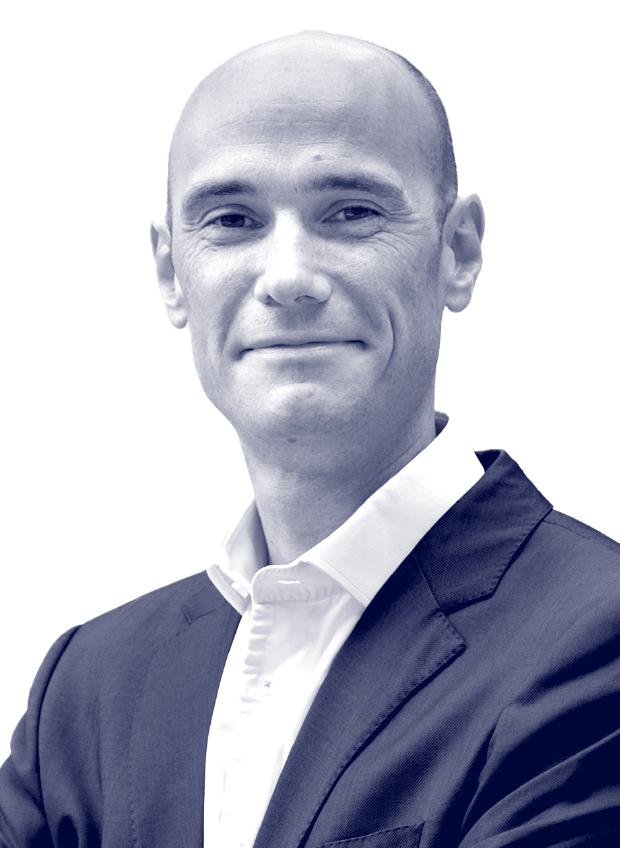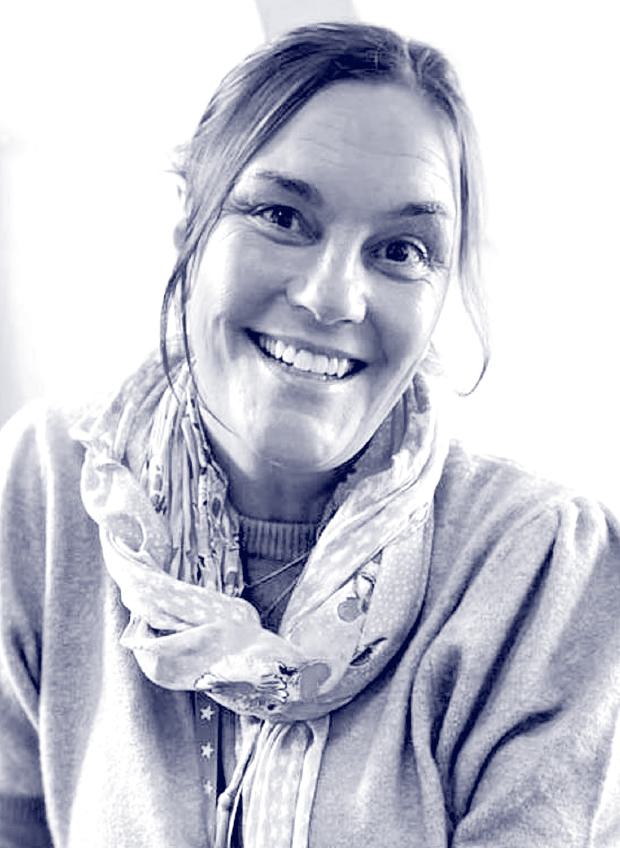Long-term partnerships
It came as no surprise that our interviewees valued the partnerships they hold with the pharmaceutical and devices industry. Yet, they urged patient organisations and industry to always strive for long-term relationships built on deep foundations supported by mutual areas of interest for patient benefit. Greater investment by industry in advocacy driven roles has helped to support this drive.
Patient groups are keen to embark upon truly collaborative projects that meet both their needs and the needs of industry. They see value in setting out on a journey together, with shared and agreed goals, and building a lasting mutually beneficial partnership that achieves a vision that ultimately meets the needs of patients.
It is important to consider exactly how relationships and projects are handled over time, in particular in the case of patient groups and industry personnel changes. Relationships between patient groups and industry should be viewed as key organisational partnerships supporting ambitions for patients, therefore worthy of careful consideration, open and clear communication, and some consistency process wise.
Planning for longevity to support patient groups doesn’t have to mean endless funding but it is prudent to consider transitional approaches to funding. If patient-centricity is a central tenet of any organisation, then ongoing interest and relationship management with engaged patient groups should be attended to, even if funding reduces or stops.
Good Partnerships
Take time to co-collaborate on strategy and policy before thinking about specific projects – this might take the form of a strategy workshop or the initiation of a cross-functional working group (including medical counterparts, social media content creators, communications, PR, patient information).
Stellar Partnerships
Plan a path of travel and a long-term relationship encompassing multiple projects and a shared vision/ goal with a patient organisation. Build a relationship that includes transparency and planning around clear communication as well as long-term funding and, if necessary, suitable exit plans for projects.
“Identifying a common strategic interest makes a big difference. We want partnership and collaboration with industry that is much more than just a shopping list. When we as a Foundation shake hands to agree on a project with our partners, we do so in trust that the collaboration reflects mutual interests, and that it is 100% aligned with the needs of the patients we both serve.”

Philippe Halbout
Chief Executive, International Osteoporosis Foundation
“It can be challenging when there are constant people changes. That’s quite frustrating when you’ve just started on a project and you are really trying to see something through and you’re hoping that there’s been a good enough handover, sometimes the new person will come in and see it differently and want to change the course of the whole project. I have actually ended up pulling the project before because an interim person was more focused on a different aspect and it didn’t fit with what I was trying to do.”

Catherine Bouvier
CEO & Co-Founder, Neuroendocrine Cancer UK